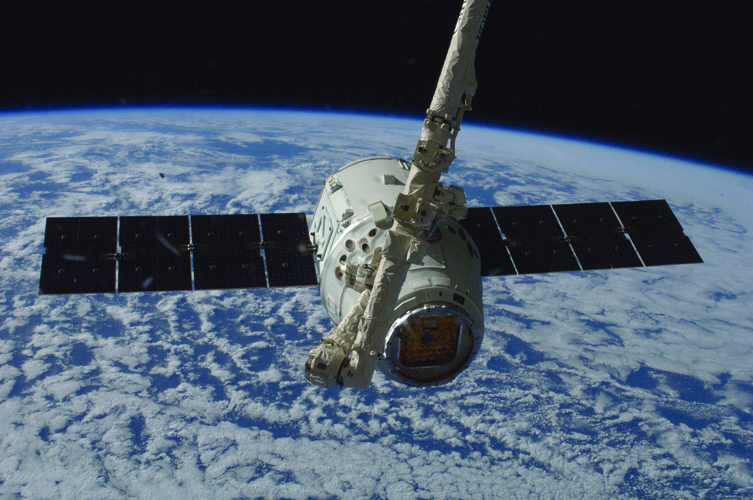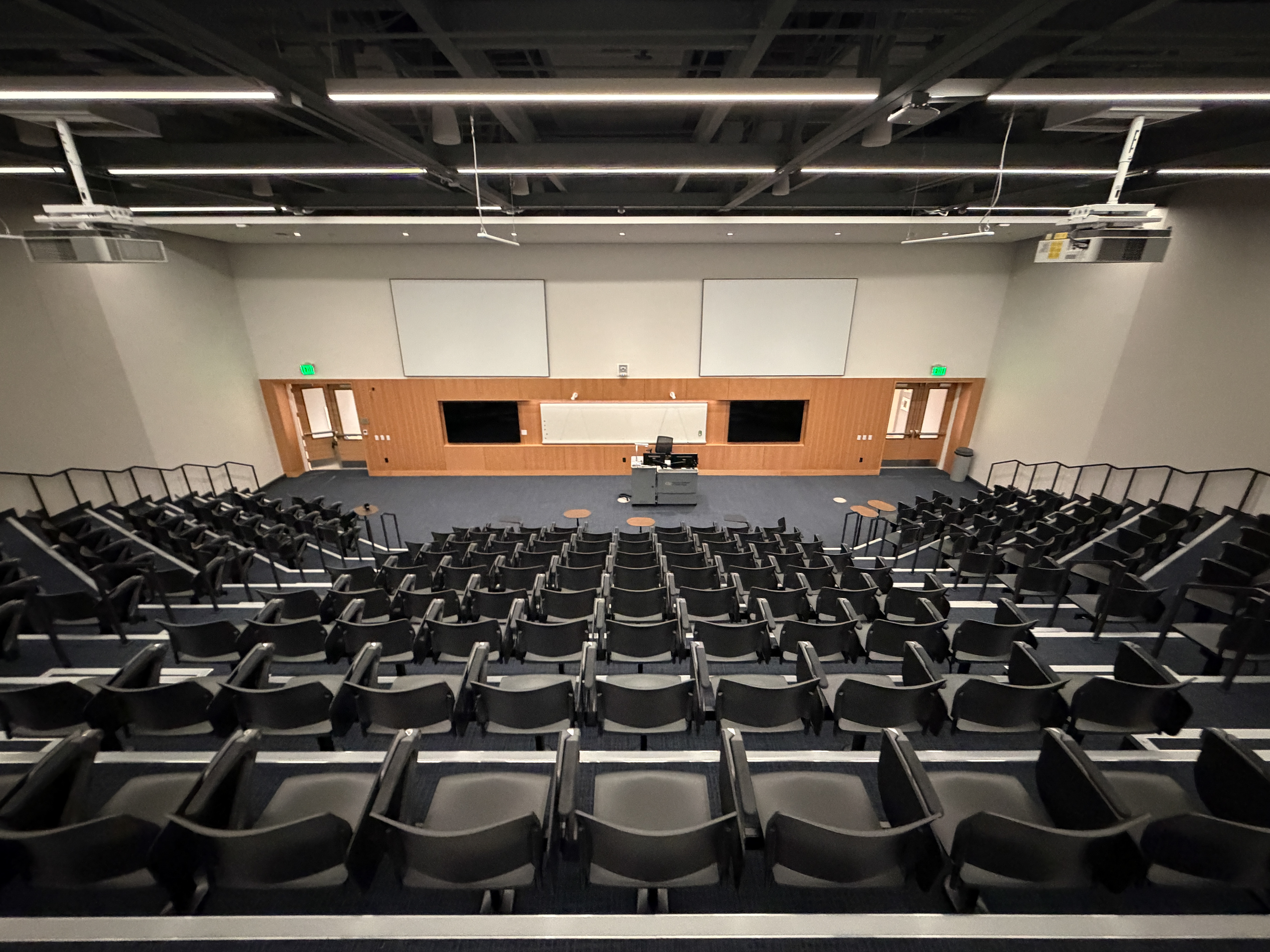Pioneering Commercial Rides to Space
By: Jennifer Herseim | Categories: Featured Stories
For three decades, NASA launched American astronauts into orbit aboard its own spacecraft through the Space Shuttle Program. But when the program ended in 2011, the agency needed a safe, cost-effective alternative. Enter the Commercial Crew Program (CCP), where NASA sought out private companies like SpaceX and Boeing to develop spacecraft capable of ferrying astronauts to the International Space Station (ISS).

“It was a bit of a cultural shift because we were helping shape industry to fit our needs while working to develop non-NASA markets for commercial space,” remembers Dana Hutcherson, ME 00, deputy program manager for CCP. She joined NASA in 2006, working on the last Space Shuttle mission, before joining the new program. “NASA had proven the capability to go to low-Earth orbit with the Shuttle program. The idea was to seed these private companies to be able to do the same thing, so NASA could focus on the Moon, Mars, and beyond.”
Nearly 10 years later in 2020, American astronauts once again launched to space from American soil. This time on board a SpaceX Dragon spacecraft, propelled by a Falcon 9 rocket. Yellow Jackets were there (on both the NASA and SpaceX teams) to usher in the new era of commercial spaceflight. Robyn Gatens, ChE 85, was acting director of the ISS during the historic mission. She’s now the ISS director and acting director of the Commercial Spaceflight Division within the Space Operations Mission Directorate at NASA.
Gabriel Morocoima, AE 10, was there during the first launch preparing to maneuver the Dragon spacecraft to safely dock once it reached the ISS.
Relying on private companies for routine ISS trips frees up NASA to pursue its deep space exploration goals and helps industry evolve in new ways, Hutcherson says. “As an agency, we want these companies to be successful in low-Earth orbit, which isn’t easy,” she says. “They still rely on us to help drive innovation, support crticial safety upgrades, and be an anchor tenant for their services while this new frontier expands,” she says. For Hutcherson, who grew up in Augusta and Evans, Georgia, dreaming of working at NASA and traveling to space, this is all a dream come true. In her role, she assists in the overall business, program operations, technical management, and integration of commercial systems from the Kennedy Space Center.
She also created NASA’s Unsung Hero award to recognize the behind-the-scenes teams who make missions possible. Giving out the award is one of her favorite times of the year. “If you stop and think about it, every human who has left the planet from American soil in the last five years was because of Commercial Crew and our collaboration with industry. It takes a talented team to pull that off,” she says.
Hutcherson’s other favorite time is the handover period, when one crew launches and another returns. “We executed 16 missions with industry in just six short years, 13 of them crewed,” she says. “I do love celebrating when we bring the astronauts home safely and our mission is complete.”
Yellow Jackets Contributing to ISS/Commercial Crew Program
- Dana Hutcherson, ME 00, deputy program manager for the Commercial Crew Program.
- Robyn Gatens, ChE 85, director of the International Space Station and acting director of the Commerical Spaceflight Division.
-
Gabriel Morocoima, AE 10, was an ISS flight controller for Attitude Determination and Control Officer during NASA’s SpaceX Crew-1 mission in 2020. He is now the Guidance Navigation and Control Lunar Destinations Group lead for Gateway and EHP (EVA and Human Surface Mobility Program).
-
Sarah Walker, AE 09, MS AE 11, is the director of Dragon’s mission management team at SpaceX. She joined SpaceX 10 months before the first Dragon journey to the ISS and has worked on every launch since.
-
Ben Stahl, MS AE 07, previously worked in NASA’s Mission Control and with commercial crew partnering. Today, he works at SpaceX as
a mission manager for the Dragon spacecraft. -
Robert Coffman, AE 04, is a cryogenics system engineer at NASA’s Kennedy Space Center.
-
Amanda Mitskevich, IE 97, was a program manager of the Launch Services Program at NASA’s Kennedy Space Center, where she oversaw the agency’s provision and management of domestic commercial launch services for robotic missions.
-
Robert Coffman, AE 04, is a cryogenics system engineer at NASA’s Kennedy Space Center.
-
Thilini Schlesinger, AE 07, is the mission and integration manager for the U.S. Deorbit Vehicle at NASA, which is being developed to safely deorbit the International Space Station.
-
Carla Koch, ME 07, is a mission manager for the Commercial Crew Program.
-
Ian Kappes, EE 05, is a deputy launch vehicle office manager in NASA’s Commercial Crew Program.
Top Photo: The ISS’s robotic arm attaches to the SpaceX Dragon. (Credit: NASA)
Photo: The ISS’s robotic arm attaches to the SpaceX Dragon. (Credit: NASA)


